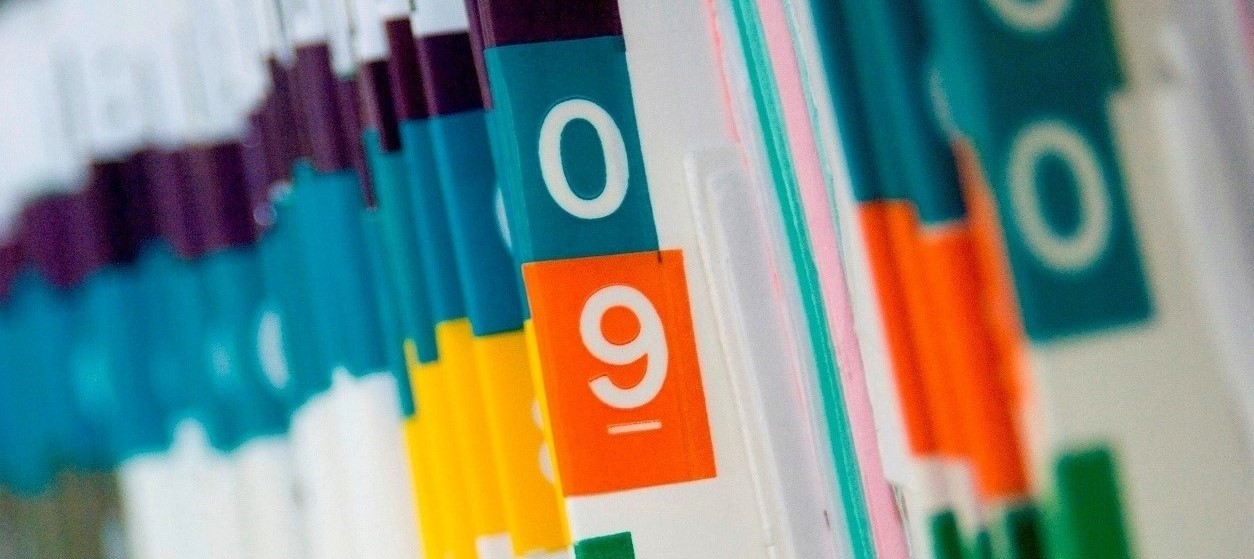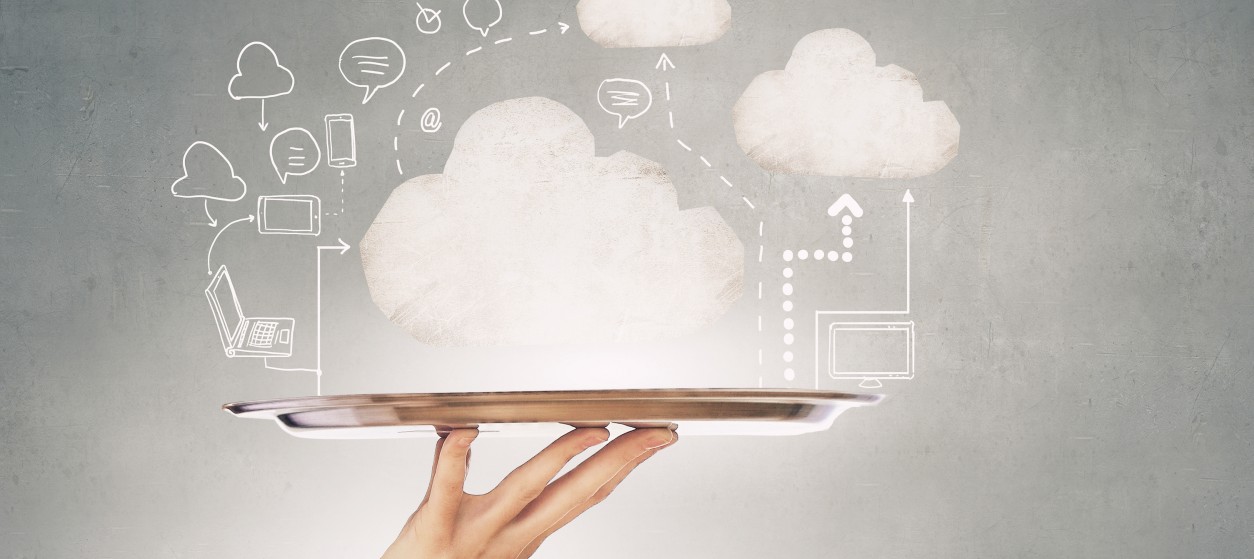Like in many other sectors, healthcare is nowadays undergoing major digital transformation. As part of this transformation, a vast amount of health data is produced, gathered, stored and processed based on legacy Electronic Health Records (EHRs) technologies. This is the reason why we expect an unprecedented growth of the EHR market. According to the recent reports, the EHR market worldwide could grow at a Compound Annual Growth Rate (CAGR) of over 5% during the period 2015-2025, which represents a nearly 57% increase in market value, leading to a total value of over $33 billion by 2025. This growth will be propelled by the modernization of legacy EHR technologies, which are typically based on old-fashioned back-end technologies and programming platforms. The evolution of legacy EHRs must keep up with advances in the technologies that are used to capture patient data (e.g., Internet-of-Things (IoT) and mHealth technologies), as well as to process them (e.g., big data analytics technologies). EHR’s alignment with these technologies is an essential step towards confronting the main challenges faced nowadays by EHR systems.
Challenges faced by EHR systems
State-of-the-art EHR databases and tools are not good enough for supporting emerging healthcare applications, which comprise multiple actors, data sources, formats, and cyber-risks. Various challenges exist in the following areas:
- EHR Security: Security incidents against EHR systems and databases (e.g., such as data breaches) can have a severe social and industrial impact, as they can lead to the leak of sensitive personal data such as patient names, addresses, and social security numbers. During the last three years, there have been catastrophic data breaches that affected major EHR databases. Moreover, in 2017, EHR systems in the UK were severely affected by the notorious WannaCry cybersecurity attack against the NHS (National Healthcare Service). These incidents have not only raised general awareness about the protection and privacy of EHR data but has also unveiled the limitations and vulnerabilities of modern EHR services. One of the major vulnerability that was uncovered was the lack of compliance with existing and emerging regulations such as the GDPR (General Data Protection Regulation).
- Fragmentation and Lack of Interoperability: The proliferation of technological devices (e.g., wearables, smartphones) and medical services (e.g., laboratory information services that produce digital data, billing systems, medical records) have significantly increased the sources of digital data that are integrated as part of EHRs. Nevertheless, there is still no effortless way to make this data flow across systems and healthcare stakeholders (e.g., medical doctors, healthcare professionals) in a seamless way. Rather, data remain in most cases fragmented and isolated within disaggregated “silos”. To make things worse, the various datasets are in several cases very heterogeneous in terms of digital data formats, languages (e.g., in the European Union tens of different languages are spoken in member states) and other characteristics (e.g., volume, ingestion rates, the presence of noise). This makes the development of integrated applications (e.g., integrated medical decision support systems) extremely challenging.
- Limited Benefit from Analytics: Despite the advent of big data technologies, most healthcare organizations are still not able to benefit from advanced analytics, such as predictive analytics for personalized medicine and individualized treatments. This is because organizations are still spending considerable time and effort on integrating and consolidating diverse datasets, instead of on devising and deploying advanced analytics algorithms, including AI (Artificial Intelligence) and DL (Deep Learning) schemes.
Towards Integrated EHR
To address the above-listed challenges, there is a need for implementing and supporting a new wave of EHRs, which shall be extensible in terms of the integration of data from various sources. There is a need for a shift towards “integrated EHRs”, which shall incorporate conventional batch patient records and the wide range of datasets that are collected by IoT medical devices. Integrated EHRs should be able to evolve to include patient data collected from healthcare devices (e.g., certified spirometers) and general-purpose consumer devices (such as smart watches and smartphones). They should also enable the integration of patient data from self-reports, such as nutrition data supplied by the patient. In the direction of integrated EHRs, EHR vendors are considering the integration of data attributes captured by IoT devices, as well as the integration of EHR systems with other platforms such as LIS (Laboratory Information Systems).
Integrated EHRs should be accessible to the different data sources and data providers, who will oversee maintaining them and populate them in accordance with end user’s preferences. Moreover, they should offer mechanisms for their semantic description, which can boost their interoperability and reuse across different applications. To this end, EHR vendors nowadays support the standards-based description of healthcare data and data flows between different healthcare systems through compliance with the HL7 family of standards. Likewise, to address the multi-lingulate nature of EHR information, the integration of machine translation (MT) technology is considered.
Decentralization and Blockchain Technology
Despite their ability to support data integration and interoperability, integrated EHRs suffer still from security and privacy limitations. Some of the privacy limitations stem from the need to centralize data storage and process advanced analytics over integrated patients’ datasets. Centralized datasets are more susceptible to data breaches and attacks while posing stringent regulatory requirements for data collectors and data processors. To alleviate these limitations, the use of blockchain technology has been recently proposed. Blockchain technology enables consensus and correctness across the systems of different actors, while at the same time ensuring that data transactions across them are transparent, fully accessible and easy to verify, yet almost impossible to modify.
Based on blockchain technology, healthcare services providers can establish an immutable “chain-of-trust” across multiple parties and the healthcare records that they maintain. This chain of trust makes it extremely difficult (to almost impossible) for someone to breach it. As such it is very appropriate for storing and exchanging sensitive data, such as personal medical records. Furthermore, a blockchain enables patients to maintain ownership and control over their personal data, since they can decide when and with whom they will share their EHR data as part of the consensus process of the blockchain. Hence, they need not trust their data to one or more third parties based on complex informed consent processes (e.g., “opt-in” processes).
The use of blockchains for healthcare in general and EHR applications is currently considered to be one of the most promising applications of distributed ledgers beyond the financial sector. A wave of relevant projects and startups have emerged during the last couple of years, even though blockchain-solutions to some important aspects (like support for GDPR’s “right to be forgotten”) are still in their infancy.
In the next few years, we forecast a rapid evolution of the EHR market, which will converge with recent advances in IoT, wearables, big data, blockchains and more. This evolution will certainly provide many business opportunities for vendors and integrators of healthcare solutions. Above all, it will also have a major social impact acting as a catalyst for improving healthcare through more integrated, intelligent and personalized decision making.










